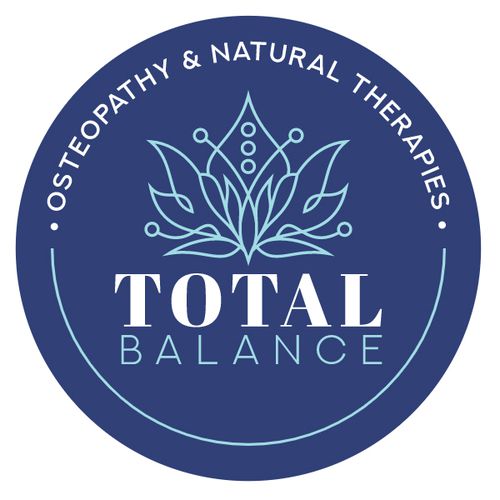
Whiplash can be a nasty experience, but for some people symptoms can last for many months or even years.
Whiplash is a specific type of neck injury involving rapid acceleration of the body followed immediately by rapid deceleration. Typically it is caused by a motor vehicle accident and can occur when a stationary or slow moving car is hit from behind by a faster moving vehicle. The neck is first ‘snapped’ backwards by the initial impact and then ‘whipped’ forwards as the torso is restrained by the seatbelt.
Tissues at the front and back of the neck are both stretched and compressed. This can cause injuries to the muscles, joints and ligaments throughout the whole spine. Severe complications can include ligament rupture, bony fracture and nerve damage leading to symptoms in the arms. Even without these severe complications the muscle damage and joint injuries can cause prolonged pain.
Interestingly one of the most important areas in treating people with whiplash is not the neck, but the upper back!
One of the complicating factors affecting recovery is the fact that the neck is already one of the most mobile regions of the spine. After being over-stretched in this way the surrounding muscles tend to spasm and splint the affected area. Normally in this situation a person would naturally compensate by moving more through the torso or upper back, however with whiplash injuries this area is often already traumatised by impact from the seat belt. Difficulty compensating for the neck injury in this way, causes further fatigue and muscle pain.
Tackling problems in the upper back can therefore help enormously to reduce further stress on the neck and improve the speed of recovery. This might include your osteopath working to relax the muscles throughout the spine and upper torso as well as the neck itself. Improving joint mobility in the spine itself as well as the joints of the rib cage is also important. And don’t forget any stretching or flexibility exercises should incorporate the upper back as well.
For more information on osteopathy visit our Australian Osteopathic Association feature page.









